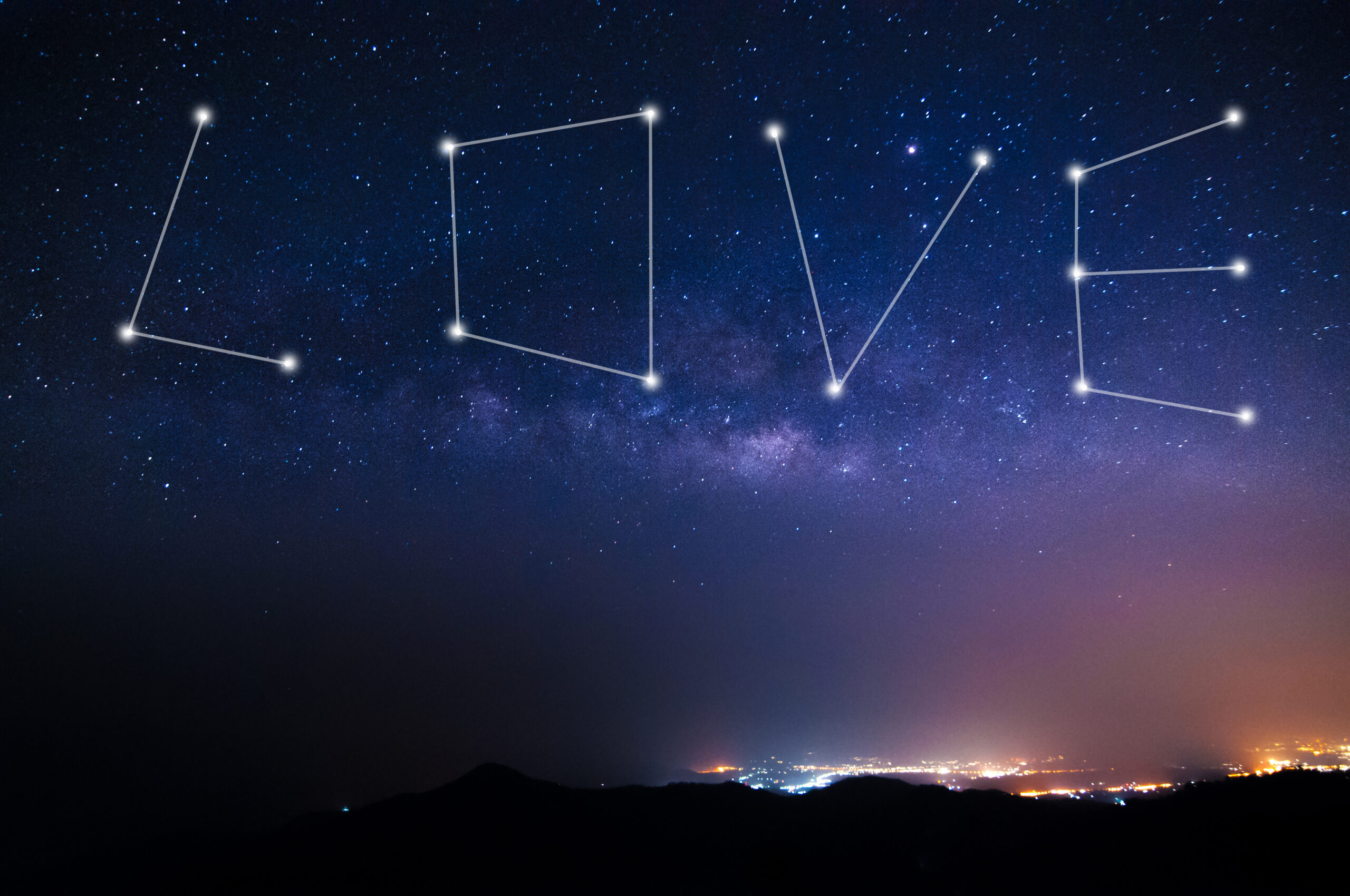What is Moon Landing Day?

It has been 53 years since Neil Armstrong stepped out of Apollo 11’s Eagle lunar landing module and placed his feet on earth’s only moon. We honor this remarkable achievement – and the years of intense effort it took by many teams of earthbound humans – every year on July 20, the day that the landing and those fateful steps took place.
Teaching Kids to Love Astronomy
Every sighted human has seen the moon or a fraction of it. Unlike the vast scale of space, the moon is relatable, a touchstone for earthlings or – better – a jumping off point to explore space’s further reaches. Like teaching adults, kids respond to what they know so starting with the moon can be an entry point to teaching kids about the stars or helping them gain a love for outer space. (Now, I am thinking about “inner space” and belly buttons and hoping teachers can get a giggle out of the youngest students by talking about near-earth space before moving onto outer space.)
Choosing a Laser Pointer for Teaching Astronomy
While there is no single color that is dedicated as an astronomy laser pointer, red and green are popular laser pointer colors in classroom settings. Well-suited to indoor teaching and demonstrating, red lasers include the Slimline Red Presenter. Set at 650 nm and with a range of 1,500 feet, it is comfortably bright and pinpoint accurate whether the classroom lights are on or off.
Our Emerald Green Laser Pointer is popular for those seeking a green astronomy laser pointer for the rich green color emitted from this slim, pen-sized tool and range of 6,000 feet. This green laser pointer is very bright, 30 times brighter than red. The human eye is drawn to it, a neat trick for teachers who need to capture the attention of easily distracted young humans or who need to cast a light far into the deep of space.
Use Any Tools that Work
There are lots of ways to engage young minds around astronomy. Following the moon each day of the school year or for a month at a time can demonstrate the rhythms of our universe. Arbor Scientific’s YouTube channel has lots of videos on various aspects of space. They even have a great video demonstrating how to use a green laser pointer in the classroom. And the warmer weather of summer and early fall is the perfect time to plan a stargazing trip. Maybe it is the perfect way to kick-off the new school year’s STEM lessons?
